Tierra del Fuego, located between latitudes 52° and 56° S in South America, is a land of contrasts, where vast steppes and sheep farms blend with a rich natural habitat teeming with marine and terrestrial flora and fauna. This post invites you to discover the unique experience awaiting you on the trip "Tierra del Fuego Explorer" expedition by Far South Expeditions, a journey during which you’ll explore the most remote and fascinating corners of this mythical land.
Geography of Tierra del Fuego: A Landscape of Extremes
The geography of Tierra del Fuego is unique—a landscape of extremes where vast plains stretch out to the horizon. However, in addition to its immensity, this land hides a fascinating history and a biodiversity that will immerse you in the essence of southern Patagonia. If you are planning to visit this region, Tierra del Fuego is a destination you cannot miss.
Susanne Widmer, a naturalist guide of the recently run “Tierra del Fuego Explorer Expedition” tell us that the region’s wheater is as unpredictable as its landscapes: in just minutes, the environment can change completely. Temperatures can drop drastically, winds intensify, and bright sunshine may give way to torrential rains – or the other way around. Furthermore, in this vast territory, you can admire a variety of vegetation formations, from the endless steppe to the deep and lush Nothofagus forests.
To the west and south, the territory is dominated by the imposing Andes Mountains, while vast plains extend to the east. The Strait of Magellan separates the South American continent from the Isla Grande of Tierra del Fuego, and to the south, the Beagle Channel delimits the island from the outer archipelago. This mosaic of islands, islets, and channels was created mainly by the action of the huge glaciers which covered big parts of the area. The Fuegian archipelago is considered one of the most singular and remote ecosystems on the planet.
The First Navigators in the Strait of Magellan
Tierra del Fuego, known as Karukinka by its indigenous inhabitants, the Selk’nam (or Onas), has captivated global attention since ancient times. When the first European navigators arrived at this remote corner, they encountered a challenging territory dominated by turbulent seas, fierce winds, and unexplored coasts.
The first sighting of Tierra del Fuego by Europeans occurred in 1520 during the historic voyage of Ferdinand Magellan to the Pacific Ocean. The name “Tierra del Fuego” comes from the numerous bonfires lit by the indigenous people along the coast. These flames, visible from European ships, were essential for survival in the extreme cold and were also an integral part of daily life.
The Indigenous Peoples of Tierra del Fuego
Tierra del Fuego has been home to various indigenous peoples over the centuries, each of them adapted to the peculiar conditions of their environment. The land-based tribes, such as the Selk’nam (in the northern part of the island), centered their lives around hunting guanacos. In the southeastern part of the island, the Haush people supplemented their guanaco hunting with coastal resources.
The canoe-based peoples, like the Yámana, lived in the Beagle Channel and Cape Horn region, adapting to life on the sea. Their subsistence relied on marine resources, primarily hunting sea mammals in addition to gathering shellfish and fish.
A Paradise for Land and Marine Fauna
Throughout any journey, it is important to remain alert to the surroundings, as the possibility of animal sightings is always present. Along the way, guanacos and upland goose are common species to encounter.
One of the highlights of the expedition is Karukinka Park and Lago Deseado, thanks to the pristine nature and remoteness of these areas. In Karukinka Park, you will have the opportunity to traverse a picturesque mountain pass to reach Caleta María, located on the shores of Seno Almirantazgo, at the southernmost tip of Isla Tierra del Fuego Island.
If weather conditions permit, the expedition will continue to Jackson Bay to observe the southern elephant seal colony. Later, the journey will proceed to the black-browed albatross nesting colony on an island in Almirantazgo Sound and conclude with an exploration of the icebergs, where there is a chance to spot the remarkable leopard seal in its natural habitat.
Additionally, notable species on this trip include the Magellanic Plover, Chilean Flamingo, King Penguin, Magellanic Woodpecker, Rufous-chested Dotterel, White-bridled Finch, and Magellanic Diving Petrel.
Tierra del Fuego Explorer Trip: A Journey to the Ends of the Earth
Traveling through Tierra del Fuego is delving into a world full of history and nature. Every year, more adventurers are drawn to this land, where the vastness of the landscape intertwines with tales of the past. The Tierra del Fuego Explorer expedition takes you through expansive territories, where taking the distances with patience and calm is essential. As the locals say, “Those who rush in Patagonia waste their time”.
This tour is designed for those seeking a complete and varied experience, allowing you to appreciate Tierra del Fuego’s diversity, from its flora and fauna to its history and culture. In the words of Susanne Widmer, the naturalist guide of the tour:
“This tour offers a comprehensive and varied experience, allowing you to appreciate the vastness and diversity of Tierra del Fuego with all it’s natural richness and beauty. At the same time, you’ll also learn a lot about its historic, cultural, and traditional aspects, such as the Selk’nam culture, sheep farming, gold mining, and European immigration.”
Are you ready to embark on this adventure?
Set out on this unique expedition that will take you to the ends of the Earth. Discover the untamed beauty of Tierra del Fuego, a land rich in history, culture, and nature. Book your spot on Tierra del Fuego Explorer and make this adventure an unforgettable experience!



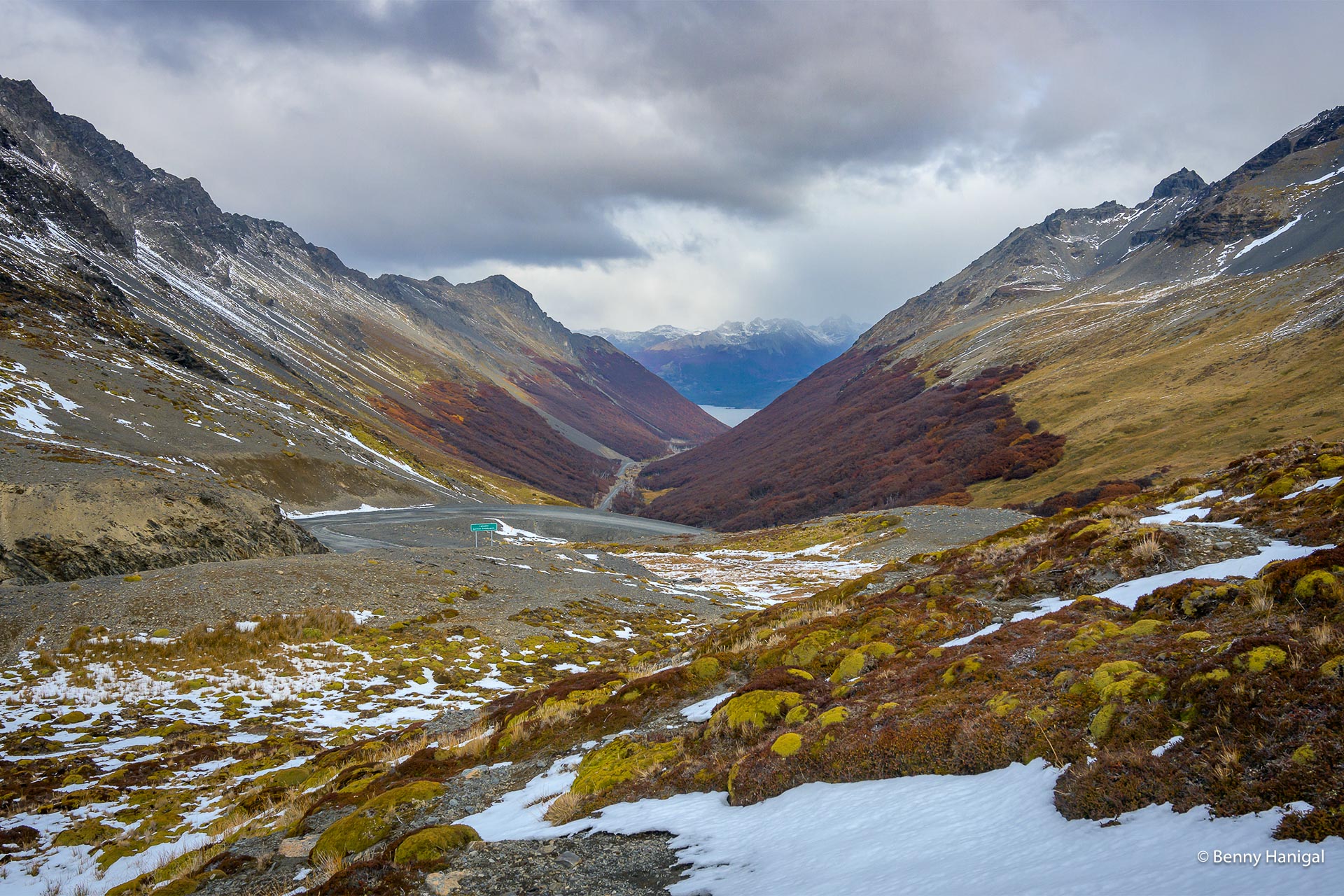
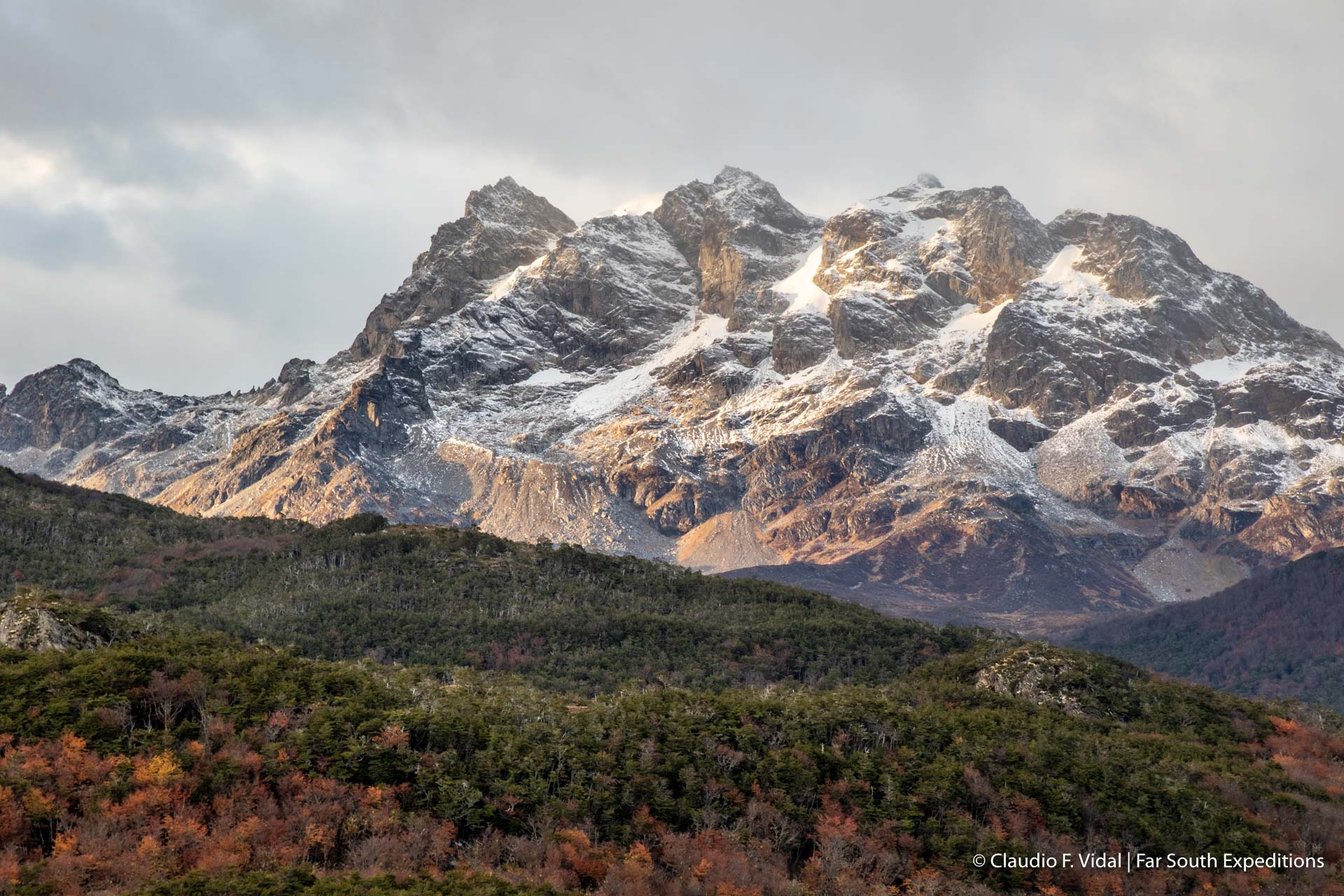
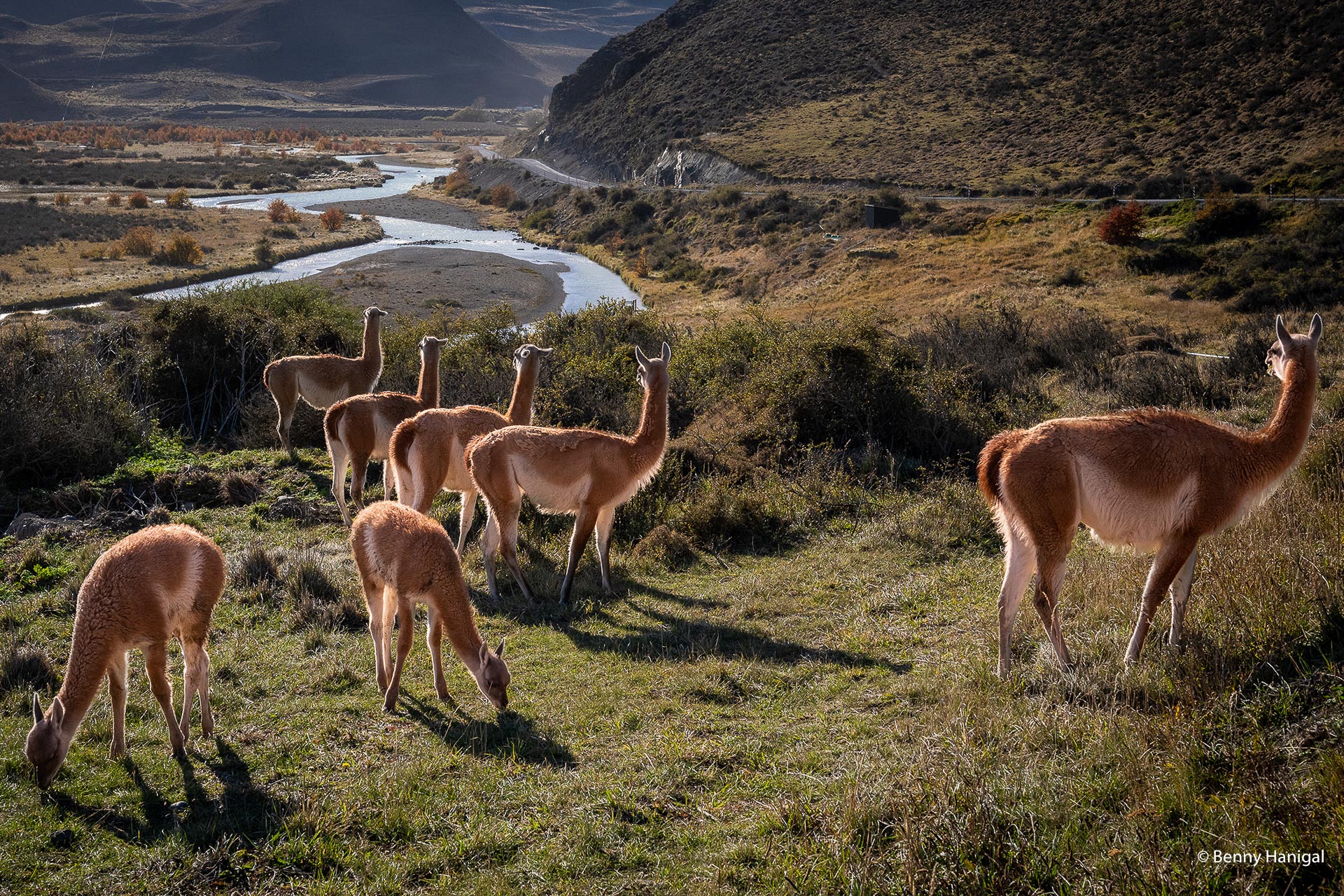

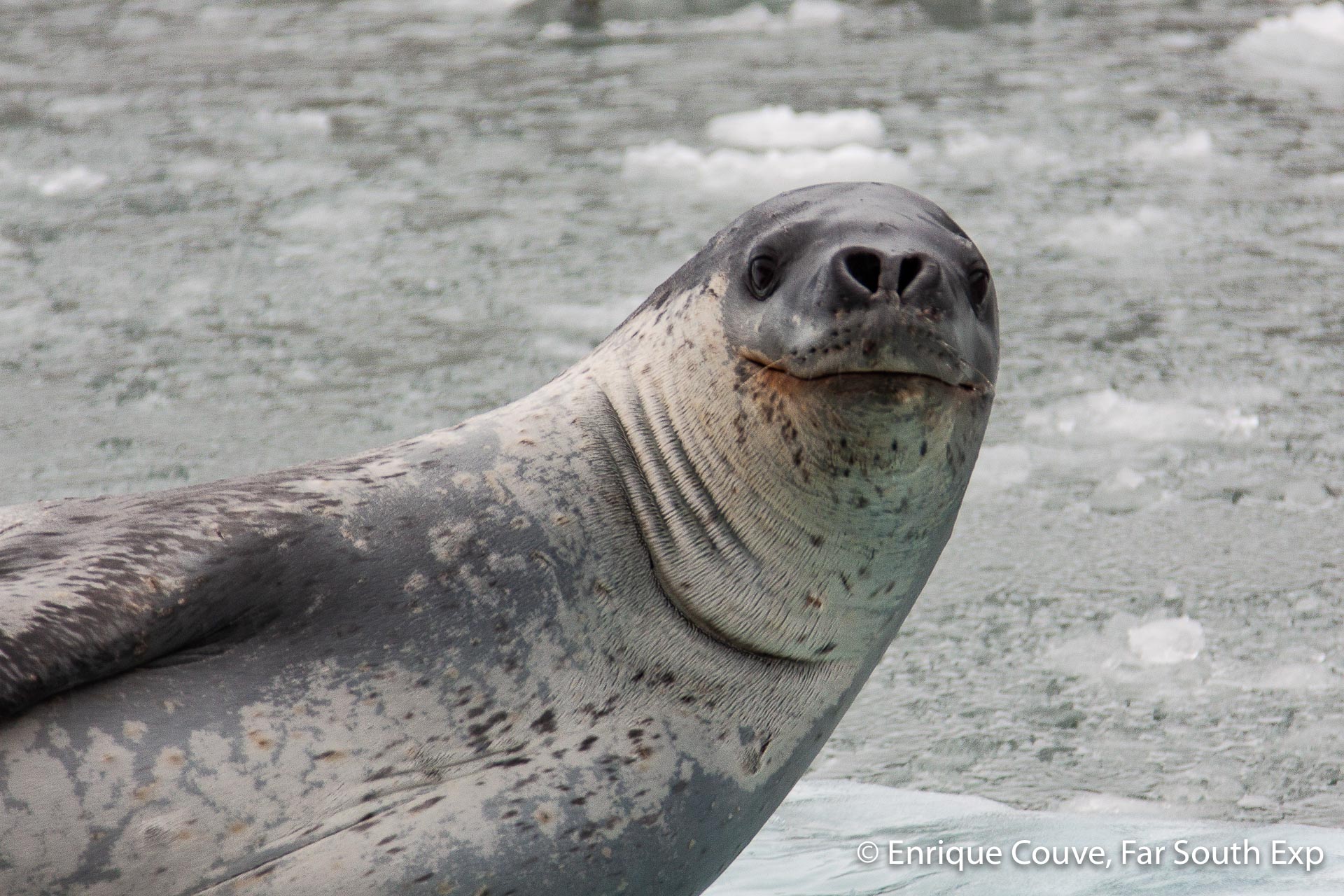

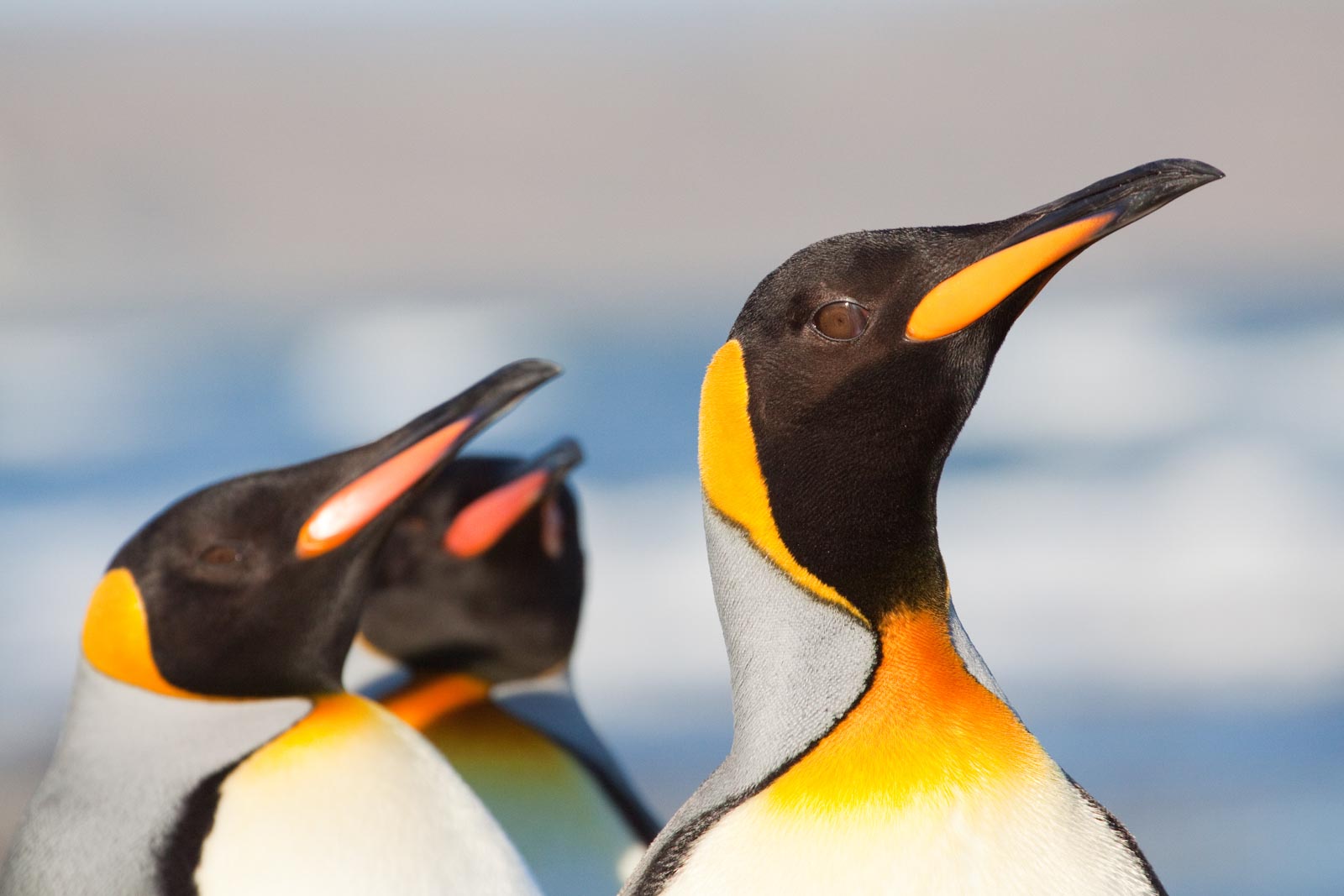
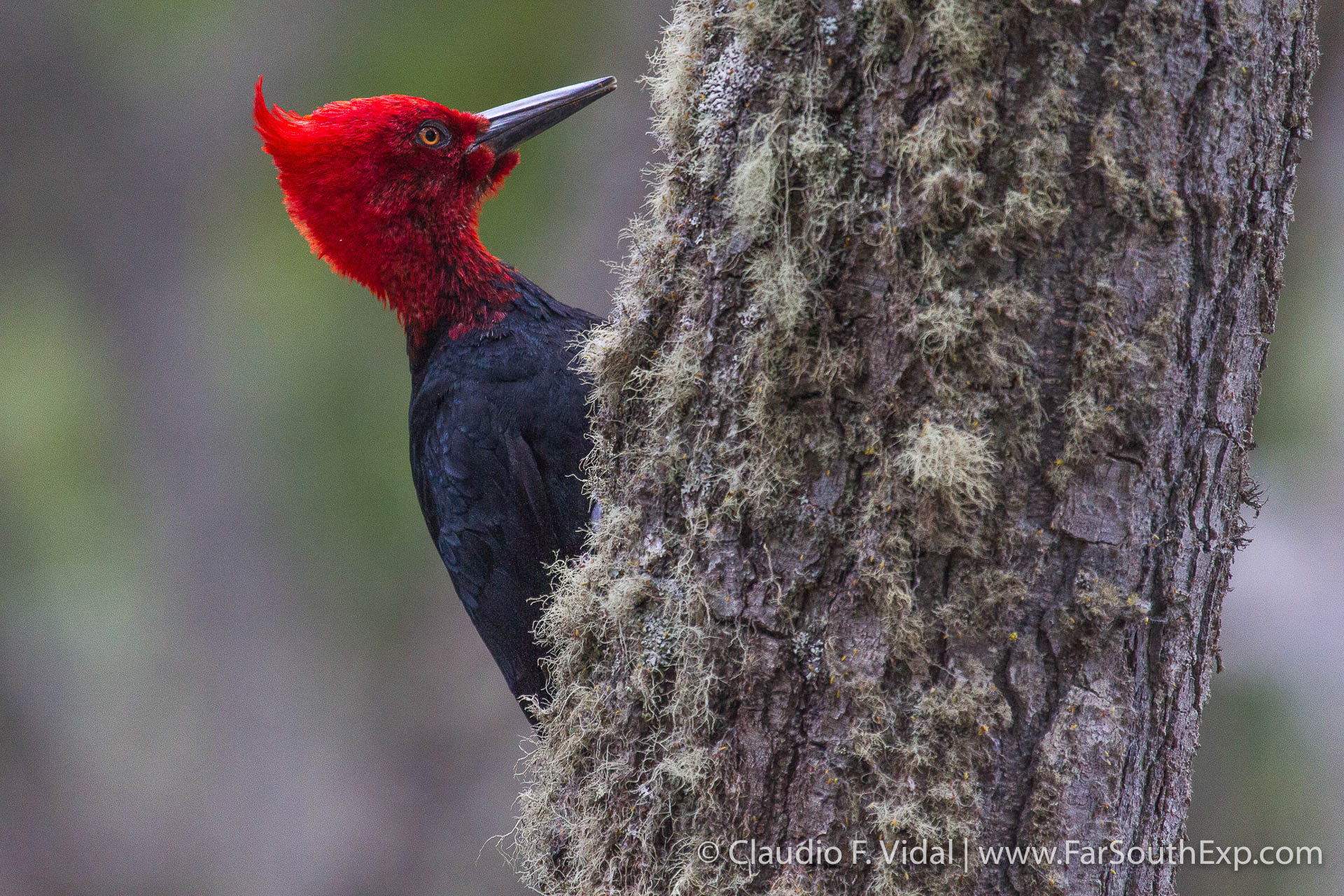

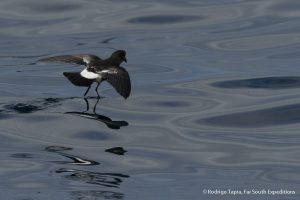
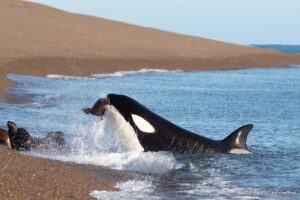
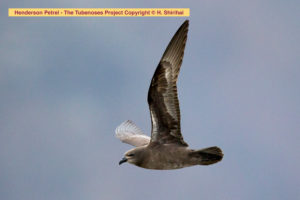
Leave a Reply
Your email is safe with us.